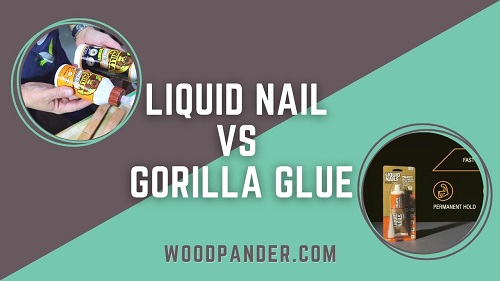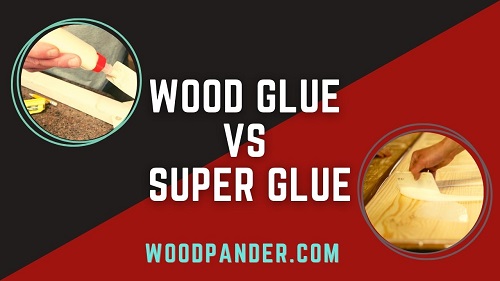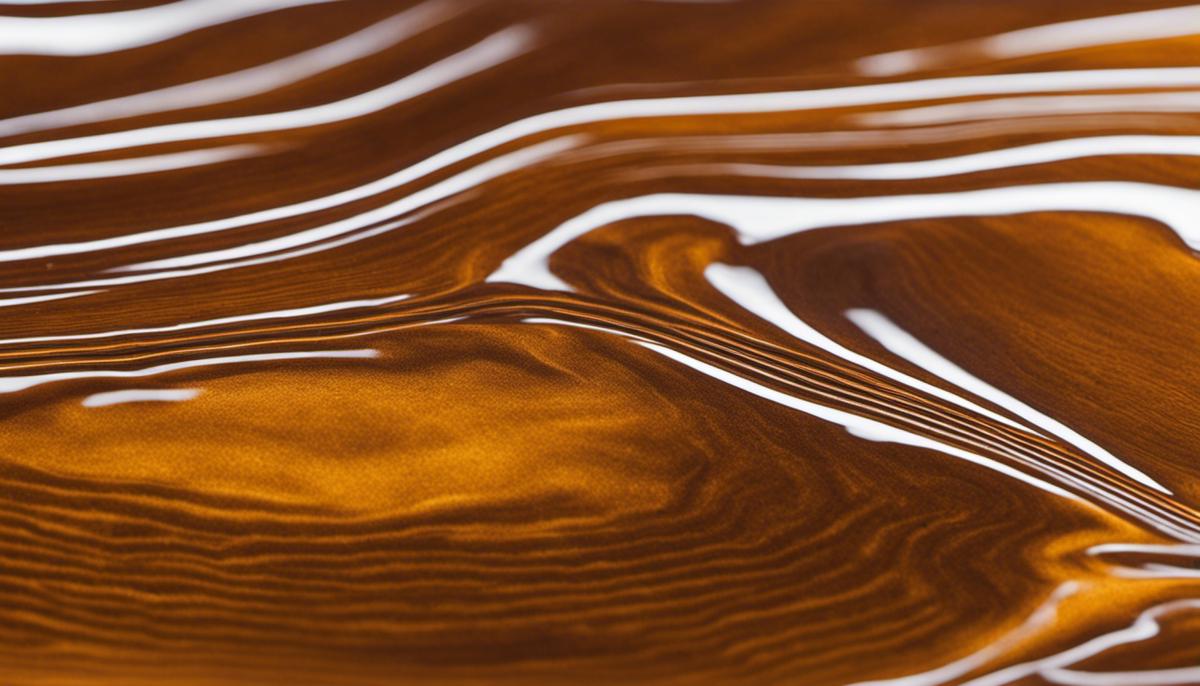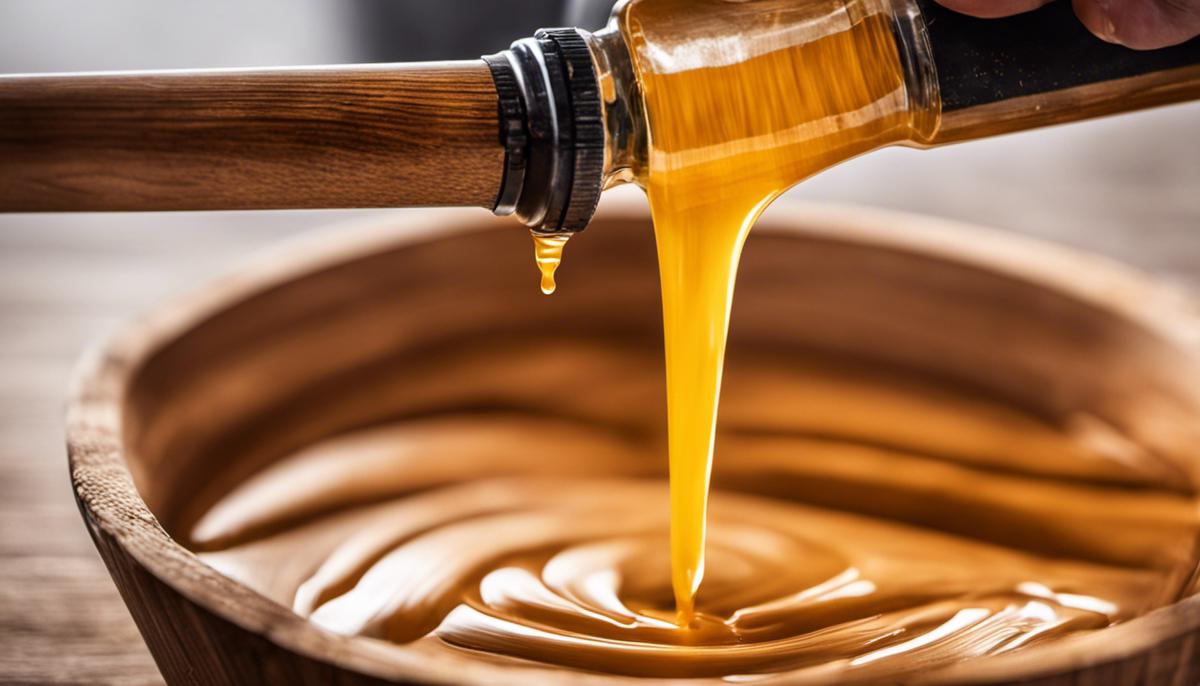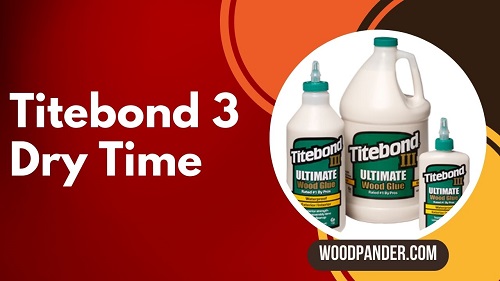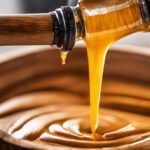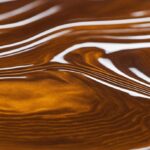Imagine you’re in the midst of a crucial repair involving wooden and plastic materials, and you reach for your trusted Gorilla Wood Glue, only to pause and wonder, “Will it work on plastic, too?”
This is a question many do-it-yourself enthusiasts and professionals alike have posed. Our journey towards the answer starts with a deep dive into the world of Gorilla Wood Glue, its formulation, strengths, and main uses, followed by a simplistic explanation of the complex world of plastics – the variations, the structures, and their adhesive compatibilities.
Once we establish baselines, we then directly assess Gorilla Wood Glue’s performance on plastics through various independent tests, expert opinions, and user experiences. Lastly, we’ll cast a wider net to compare Gorilla Wood Glue with other adhesives designed specifically for plastic, providing not just a verdict, but also a context.
Understanding Gorilla Wood Glue
Gorilla Wood Glue: The Basics
Gorilla Wood Glue is a high-strength, water-based adhesive that is used chiefly for wood-to-wood bonding applications. It is produced by the Gorilla Glue Company, which has a reputation for manufacturing robust adhesives. This adhesive is designed to create a strong bond that endures over time, is resistant to water exposure (making it suitable for both indoor and outdoor use), and dries to a natural wood color, making it unnoticeable in the final product.
Gorilla Wood Glue and Its Adhesion on Wood
Understanding Gorilla Wood Glue’s efficacy, it’s important to know how it works on wood surfaces. Wood, being a porous material, allows the glue to penetrate deep into its surface. The Gorilla Wood Glue, with its high viscosity, is capable of saturating the wood pores where it begins to cure and harden. This hardening process forms a rigid plastic layer within the wood fibers, adhering the glued surfaces together. The bond it forms is strong because of this process, and it is why Gorilla Wood Glue is a preferred adhesive for woodworking projects.
Is Gorilla Wood Glue Effective on Plastic?
Gorilla Wood Glue is primarily marketed as a wood adhesive, implying that its formula is specially calibrated to work on wood surfaces. It’s essential to understand that plastics have a non-porous nature, making it difficult for an adhesive like Gorilla Wood Glue that needs to seep into surface pores for effective bonding. Consequently, applying Gorilla Wood Glue on plastic may not result in a strong and reliable bond.
Although some degree of adhesion can be seen with plastics, do not expect the same performance as with wood-to-wood applications. Under certain conditions, it might achieve weak bonds with plastic, but it’s not the recommended choice if you’re seeking a robust, enduring bond on plastic elements.
Despite this, there are other Gorilla Glue brands available, such as Gorilla Glue Original or Gorilla Super Glue, which excel in bonding materials beyond just wood, including plastic. This is largely due to their cyanoacrylate composition.
To summarize, if your project involves bonding plastic materials, it would be more appropriate to use an adhesive tailored for plastic-to-plastic or multi-material bonding instead of Gorilla Wood Glue. Always refer to the instructions specified by the manufacturer for optimal results.
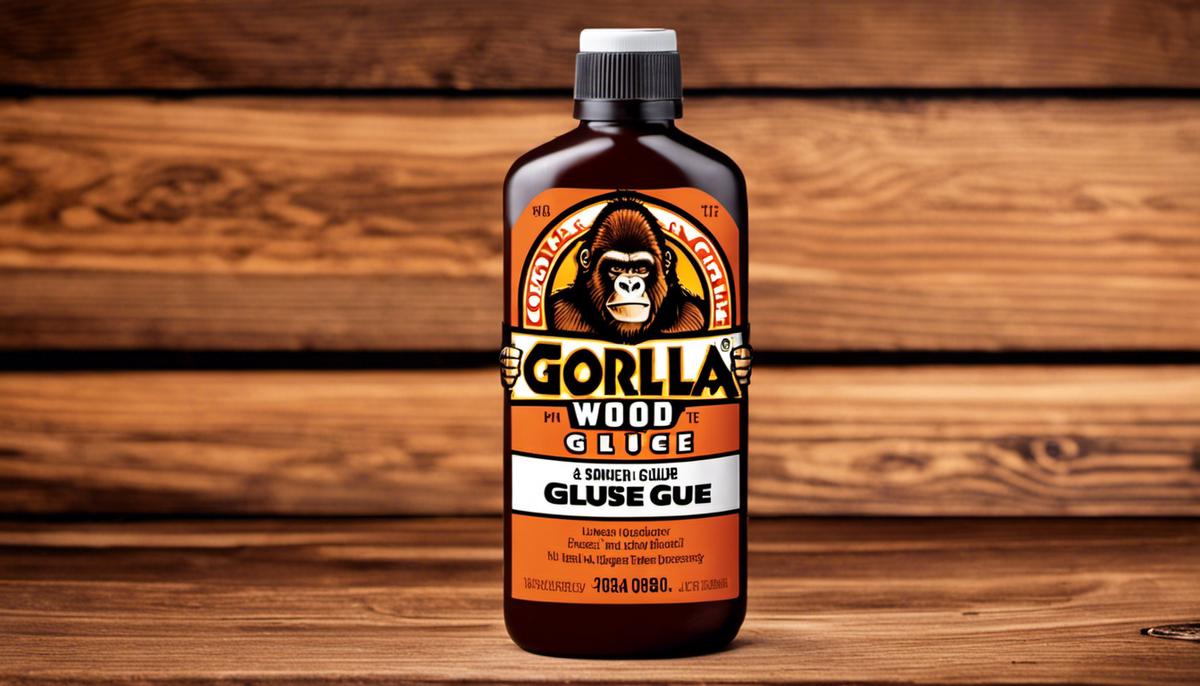
The Chemistry of Plastics
A Closer Look at Plastics and Their Structure
Given their versatility and frequent use, plastics primarily consist of polymers. Polymers are essentially large molecules composed of repeated smaller molecules or monomers. This polymer-based structure endows plastics with significant strength and durability. However, their flexibility can vary depending on the type and configuration of these polymer chains.
Plastics come in various forms, including thermoplastics, thermosetting plastics, and elastomers, each with their unique properties. For instance, you can reheat and remold thermoplastics several times without altering their intrinsic properties. Conversely, thermosetting plastics harden permanently upon heating and cannot be reformed after cooling. Elastomeric plastics are known for their high degree of resilience and flexibility.
Gorilla Wood Glue and Its Adhesive Properties
Gorilla Wood Glue is a type of PVA glue, designed specifically for bonding wood. PVA, or polyvinyl acetate, is a synthetic polymer that becomes tacky when exposed to air. It works by penetrating the wood’s surface to create a powerful bond. This adhesion is mainly mechanical, with the glue seeping into pores and defects of the wood and then hardening, resulting in a strong joint.
Applying Gorilla Wood Glue to Plastic
While Gorilla Wood Glue works excellently on wood, its effectiveness on plastic is limited because the fundamental properties of plastic differ from those of wood. Most plastics are non-porous, smooth, and often have a lower surface energy than wood. Therefore, PVA glue like Gorilla Wood Glue cannot seep into the material and form robust mechanical bonds.
The intermolecular forces that facilitate adhesion between the glue and the plastic surface are typically weaker than those in wood. Moreover, plastic’s flexibility might cause the hardened bond to crack under stress. Therefore, while the glue might stick to the surface of the plastic temporarily, it often fails to create a durable, long-lasting bond.
Selecting the Right Adhesive for Plastics
For optimal results, it’s crucial to choose glues designed specifically for plastics. These might be cyanoacrylate glues (also known as super glues), plastic cement, or certain two-part epoxy resins. These tend to be more effective at binding plastic, as they can create stronger chemical and physical interactions with the material’s surface. The choice depends on the specific type of plastic, the required bond strength, and other project-specific parameters.
Gorilla Wood Glue, while an exceedingly reliable adhesive for wood-based projects, may not yield the same results when used with plastic materials. Due to distinct differences in their physical and chemical traits, wood and plastic generally require their own specific types of glue ensure the most secure attachment.

The Performance of Gorilla Wood Glue on Plastic
About Gorilla Wood Glue
Primarily intended for wood bonding, Gorilla Wood Glue is a favored option among carpenters and home improvement aficionados. Its specialty lies in its ability to create sturdy bonds between wooden elements, thanks to its unique cross-linking bond formula that progressively forms a more rigorous bond.
Performance on Plastic Surfaces
However, its performance on plastic surfaces is subject to the kind of plastic and the specific requirements of the task. Starting with the hard plastic surfaces, Gorilla Wood Glue may adhere to some extent, but it doesn’t establish the same solid bond as it does with wooden surfaces. This is mainly because hard plastic surfaces are non-porous and may repel the glue instead of allowing it to penetrate and form a secure bond.
Moreover, different plastic materials may react differently to the glue. For example, plastic materials like Polystyrene, Polyvinyl Chloride (PVC), and Polyethylene are known for their stubborn resistance to most general-purpose adhesives, including gorilla wood glue. On the other hand, plastic materials such as Polyamide (PA), Polycarbonate (PC), and Polyoxymethylene (POM) might have a slightly better reception to this adhesive.
Independent Tests and User Reviews
In a few independent tests conducted by hobbyists, it was found that while Gorilla Wood Glue can temporarily hold plastic surfaces together, the bond is often not durable and may break under pressure. Experts also advise using a plastic-specific adhesive for plastic surfaces to ensure a secure and lasting bond.
User reviews generally align with the expert opinion, advising against Gorilla Wood Glue for plastic-to-plastic or wood-to-plastic bonding tasks. User complaints primarily revolve around the adhesive’s lack of permanence and strength when applied to plastic. Users often report that the glued parts fell apart after a short period, especially under any kind of strain.
Conclusion
While Gorilla Wood Glue might sometimes adhere to specific plastics for a short time or on minor, non-critical applications, relying on it for substantial, enduring plastic bonding is not advised. For gluing tasks involving plastic, it would be more beneficial for users to either choose an adhesive specifically designed for plastic or turn to a more universal solution such as Gorilla Super Glue, a product known for its suitability and reliability on plastic surfaces.
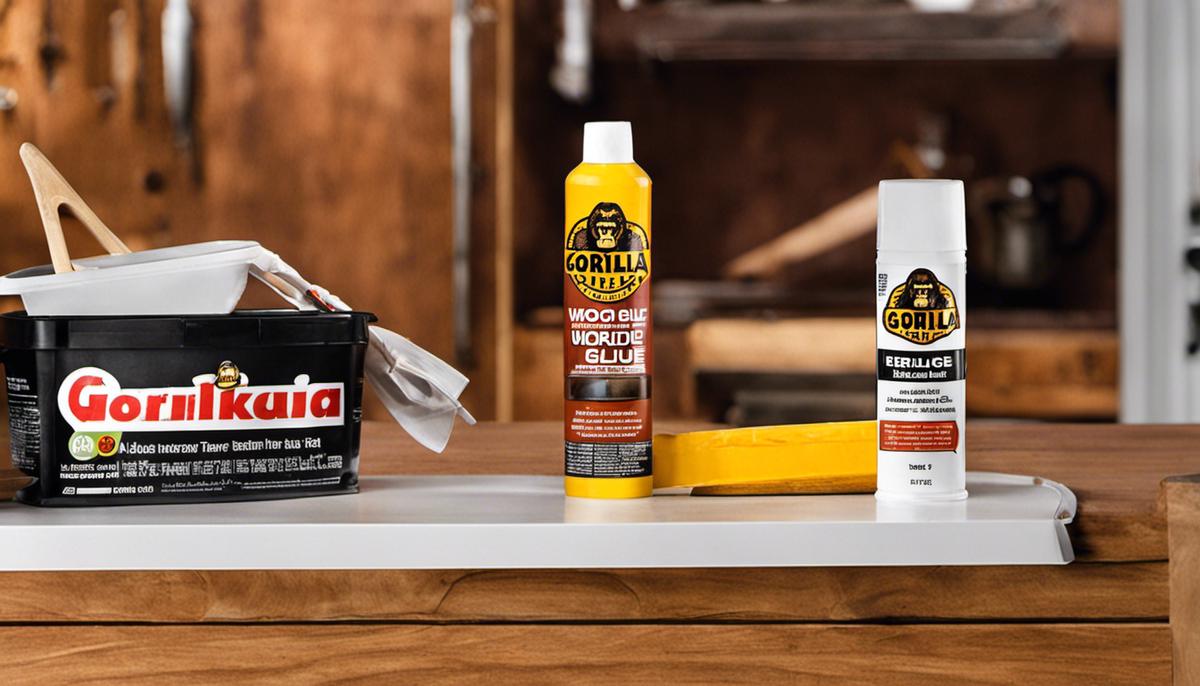
Comparative Analysis of Adhesives for Plastic
Getting to Know Gorilla Wood Glue
Gorilla Wood Glue is an adhesive that has been specifically created for woodwork. Celebrated for its immense bonding power and durability, this glue is a favorite of craftspeople, furniture artisans, and DIY enthusiasts. The potency of Gorilla Wood Glue arises from its formulation of polyvinyl acetate (PVA), a type of resin renowned for its effectiveness in permanently joining porous materials like wood.
Gorilla Wood Glue on Plastic
When it comes to applying Gorilla Wood Glue on plastic, the effectiveness lessens. This is due to the non-porous nature of most plastics. Despite the strong bonding capability of PVA on porous material, it often fails to maintain the same level of adhesion on non-porous substances. Therefore, while Gorilla Wood Glue might form a bond on plastic surfaces, it is usually not as robust and long-lasting as it would be on wood.
Alternatives for Plastic Adhesion
Understanding that Gorilla Wood Glue may not offer the same level of performance on plastic surfaces, we delve into alternatives. A range of adhesives are specifically designed to bond plastic surfaces effectively. Such include Cyanoacrylate Glue (also known as Super Glue), Epoxy Resin, or specially-formulated Plastic Glue.
- Cyanoacrylate Glue: This adhesive forms a strong and quick bond on plastic surfaces. It works well with a variety of plastic types, including ABS, PVC, and Polystyrene.
- Epoxy Resin: An epoxy resin adhesive forms a durable bond on plastic materials. It has a two-part system that involves mixing the resin and hardener, resulting in a stress-resistant bond.
- Plastic Glue: Manufactured especially for plastic surfaces, Plastic Glues offer optimal performance, reliability, and longevity in bond strength.
Choice of Adhesives and the Role of Surface Type
The choice of adhesive does, however, depend upon the type of plastic being used. Thermosetting plastics, like Bakelite and Epoxy Resins, and thermoplastics, such as Plexiglass and polyethylene, have different bonding needs. For instance, Gorilla Glue’s Original Formula or Super Glue variants can bond certain types of plastics more effectively compared to its wood glue variant.
While Gorilla Wood Glue might not be the best choice for bonding plastic surfaces, it is an excellent choice for wood materials. For plastic applications, one should consider using a specialized plastic adhesive or another strong-bonding alternative like Cyanoacrylate or Epoxy Resin. It’s crucial to know the type of surface and material you’re working with to choose the most effective solution.
Through understanding not only the characteristics of Gorilla Wood Glue but also the nature of the materials we need to bond, we can make informed decisions and ensure the longevity and strength of our projects, whether they involve wood or plastic.
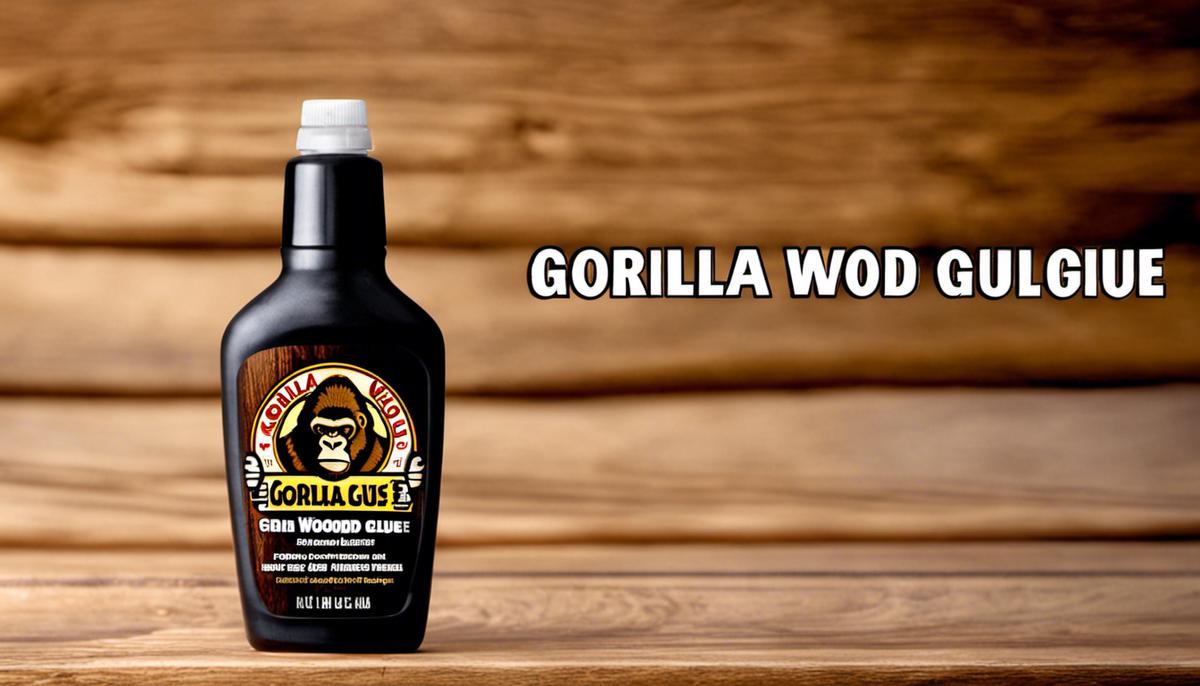
Through our investigative journey, we’ve explored the inner workings of Gorilla Wood Glue, broken down the science of plastics, evaluated Gorilla Wood Glue’s usability on plastic, and compared it against other plastic specific adhesives in the market. This information doesn’t just answer the initial query, but equips us with a broader understanding of adhesives and their suitability for different materials, empowering us to make informed choices moving forward. After all, the strength of any structure depends not just on the materials used, but also the adhesive that binds them together.

